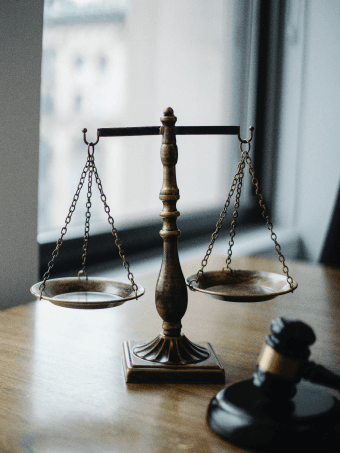What is trademark tacking?
Trademark tacking refers to a legal doctrine that allows a trademark owner to make slight modifications or updates to their existing trademark while still maintaining the priority and protection associated with the original mark.
In general, when a trademark is registered, the owner is granted exclusive rights to use and protect that specific mark in connection with the goods or services it represents. However, if the trademark owner makes changes to the mark, such as modifying its appearance, adding or removing elements, or altering the wording, it could potentially impact the validity and enforceability of the mark.
Trademark tacking provides a solution to this situation. It allows the owner to claim priority over the modified mark by "tacking" it onto the original mark's first use date. Essentially, the owner can treat the modified mark as if it were the original mark for legal purposes, including establishing the mark's priority and defending against infringement claims.
To successfully claim trademark tacking, the modifications made to the mark must be minimal and should not substantially alter the overall commercial impression of the original mark. Courts typically evaluate the two marks and determine whether an ordinary consumer would consider them to be essentially the same. If the differences between the marks are too significant, tacking may not be allowed, and the owner may need to file a new trademark application for the modified mark.
Hana Bank v. Hana Financial
The case of Hana Financial v. Hana Bank involved a dispute between two financial services companies over the use of similar trademarks. Hana Financial had registered the trademark "HANA FINANCIAL" since 1996, while Hana Bank began using the mark "HANA BANK" in the United States in 2002. Hana Bank argued that it should be allowed to tack its earlier use of the similar mark "HANA OVERSEAS KOREA CLUB" and a logo containing the name "HANA BANK" since 1994 to its later mark, giving it priority over Hana Financial's first-use date. The court treated the question of tacking as a matter of fact and submitted it to the jury, which ruled in favor of Hana Bank. The U.S. Court of Appeals for the Ninth Circuit upheld the jury's findings, and the Supreme Court unanimously affirmed the Ninth Circuit's ruling, establishing that tacking is indeed a question of fact.
The Supreme Court clarified that tacking involves determining whether two marks create the same continuing commercial impression in the eyes of an ordinary consumer. This test relies on how consumers perceive the marks and requires a fact-intensive analysis. The court recognized that juries are best suited to assess consumer impression, as they have been traditionally relied upon in determining fact-based questions. However, the court also noted that in some cases, tacking claims may be suitable for resolution through motions to dismiss or summary judgment, depending on the available facts. The decision provided clarity on the standard for tacking and affirmed that it is a factual inquiry subject to jury review, while acknowledging that judges may still have a role in certain circumstances.
Bertini v. Apple Inc.
Apple applied for a trademark registration for "APPLE MUSIC" in relation to sound recording production, distribution, and live musical performances. However, musician Charlie Bertini opposed Apple's application, claiming that it would create confusion with his common law mark "APPLE JAZZ." Bertini had been using this mark since 1985 for festivals, concerts, and distributing sound recordings since the 1990s. Apple argued that it should be allowed to "tack" its use of "APPLE MUSIC" for live musical performances to the earlier use of the mark "APPLE" by Apple Corps, the record label of The Beatles, dating back to 1968. Apple contended that this would grant them an earlier priority date. However, a unanimous Federal Circuit panel upheld Bertini’s appeal and ruled that Apple could not tack its trademark rights for live performances to the Apple Corps trademark for sound recordings, a different category of goods.
Takeaway
Trademark tacking is a valuable doctrine that enables trademark owners to update their marks while maintaining the rights associated with the original mark. However, the modifications must be minimal and preserve the overall commercial impression of the original mark. The Supreme Court clarified that tacking is a factual inquiry, relying on how consumers perceive the marks and requiring a thorough analysis. While juries are typically entrusted with assessing consumer impression, judges may also have a role depending on the circumstances. The case of Apple Music vs. Bertini highlights the limitations of tacking, emphasizing that it cannot be used to tack trademark rights for one category of goods onto a different category of goods. This ruling showcases the importance of understanding the specific parameters and scope of trademark tacking in legal disputes.


